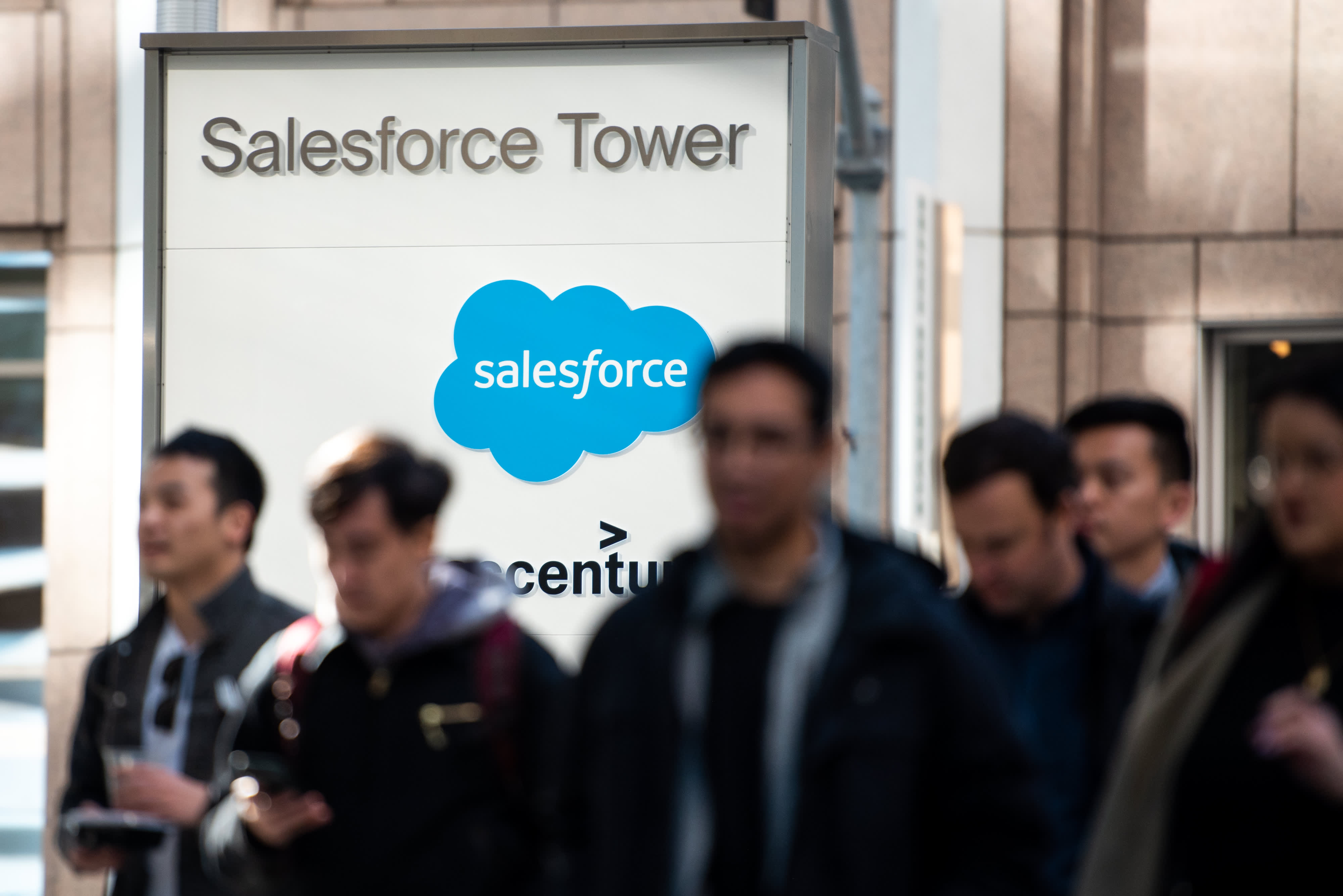
The current stock market environment is anything but dull, marked by noticeable turbulence and sharp movements across key sectors including technology, aerospace, and consumer goods. The rollercoaster rides of stocks like Nvidia, E.l.f. Beauty, Boeing, Salesforce, and HP have not only attracted investor attention but also revealed deeper economic currents and sector-specific developments. Understanding these fluctuations offers a clearer picture of market dynamics and highlights the challenges and opportunities investors face amid rapid technological advancements and shifting consumer behaviors.
High-Flying Tech Titans and the Semiconductor Saga
Nvidia stands out as a beacon of optimism in a tech landscape often shadowed by uncertainty. The semiconductor and AI giant’s impressive earnings and forward-looking guidance continue to fuel investor enthusiasm. Its strategic foothold in cloud-computing data centers positions Nvidia squarely within booming AI and data infrastructure markets, making it a sentinel of innovation and sector health. Yet, the chip industry’s competitive, cyclical nature tempers this optimism. While Nvidia thrives, peers like AMD and Marvell Technology experience downward price pressures, underscoring the need for careful evaluation of each company’s fundamentals rather than broad-stroke assumptions about the sector. This split highlights how a single booming stock can mask undercurrents of volatility and competition within its industry.
The Resilience of Consumer Goods and Beauty Brands
Turning to consumer goods, the beauty segment delivers a compelling growth story through companies like E.l.f. Beauty. The cosmetics company’s stock surge—27% after earnings beat analyst forecasts—is more than a fleeting win; it signals robust consumer demand even when broader economic conditions are uncertain. E.l.f.’s record-breaking single-day gains suggest confidence not only from shareholders but also from the market’s broader view of the beauty industry’s resilience and evolving consumer preferences. This momentum extends to the consumer discretionary space, with peers such as Ulta Beauty also capturing investor interest. The success of lifestyle brands during periods of economic fluctuation reveals a nuanced consumer landscape where aspirational spending persists, albeit cautiously.
Aerospace Ambitions and Operational Challenges
Boeing exemplifies a more complex narrative in aerospace—a sector simultaneously grappling with recovery hopes and persistent hurdles. Its stock movements react sensitively to updates about the 737 Max production and delivery schedules. Announced plans to boost monthly deliveries to 47 jets by year-end offer a glimmer of growth and return to form. However, near-term investor sentiment remains wary due to ongoing production delays and regulatory concerns. Adding to the mix are antitrust allegations linked to its parent company Ticketmaster, injecting legal uncertainty into Boeing’s outlook. This convergence of operational delays, legal challenges, and regulatory landscapes paints a multifaceted picture of how aerospace valuations can oscillate based on factors beyond pure financial performance.
Traditional Tech Firms Facing Economic Crosswinds
In the realm of enterprise technology, Salesforce and HP manifest the mixed fortunes of established players navigating digital transformation while confronting macroeconomic headwinds. Salesforce’s strong quarterly results and optimistic guidance reinforce its dominance in customer relationship management and cloud computing, reassuring investors of its steady leadership. Meanwhile, HP’s stock corresponds with technology hardware demand and the ever-present influence of supply chain constraints. Both companies reflect broader themes: benefiting from technology-driven tailwinds but needing to steer through challenges like inflation and evolving consumer spending. Their trajectories underscore the delicate balancing act firms perform amid technological progress and fluctuating economic conditions.
Interconnected Market Forces and Investor Implications
Looking beyond individual companies, these varied stock performances collectively influence broader market indices, with gains in tech or consumer discretionary sectors lifting markets, while aerospace or semiconductor softness can temper overall sentiment. The intertwined factors of earnings reports, production updates, and macroeconomic signals—such as OPEC+ oil production decisions—create a complex matrix for market participants to analyze. Trade policies and regulatory environments further add color to the stock market’s sentiment shifts, reminding investors that external forces weigh heavily on stock valuations.
In sum, the recent turbulence and triumphs across key stocks like Nvidia, E.l.f. Beauty, Boeing, Salesforce, and HP mirror a confluence of individual company achievements, sector-specific dynamics, and sweeping economic influences. For investors, this climate demands a careful blend of optimism toward technological innovation and consumer recovery alongside vigilance toward production risks and competitive pressures. The stock market’s fast-evolving nature necessitates adaptive strategies and thorough analysis to effectively navigate persistent surprises and capitalize on emerging opportunities.

